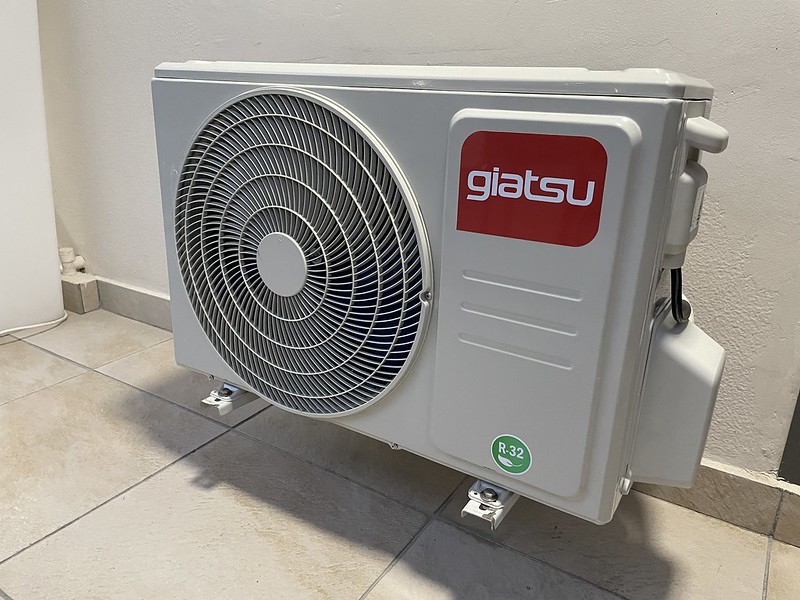Ducted mini splits do require a lineset to connect the indoor and outdoor units. The lineset is a set of copper pipes that carry refrigerant between the two units. The length and size of the lineset can affect the system’s performance, so it’s important to choose the right one for your application.
Selecting the Right Lineset
When selecting a lineset, there are a few key factors to consider:
1. Length
The length of the lineset will affect the system’s efficiency and performance. Shorter linesets are generally more efficient, but longer linesets may be necessary depending on the layout of your home. The maximum recommended lineset length for a ducted mini split system is typically around 50-100 feet, but this can vary depending on the specific model and manufacturer. It’s important to consult the manufacturer’s recommendations to ensure you choose the right lineset length for your application.
2. Size
The size of the lineset (i.e., the diameter of the copper pipes) is also important. Larger diameter pipes can handle more refrigerant, which can improve the system’s performance. However, larger pipes are also more expensive and more difficult to install. The recommended pipe size for a ducted mini split system typically ranges from 1/4″ to 3/8″ for the liquid line and 1/2″ to 3/4″ for the suction line, but this can vary depending on the system capacity and other factors.
3. Insulation
The lineset should be well-insulated to prevent heat loss or gain. This is especially important for longer linesets, as they are more susceptible to temperature changes. The insulation should be made of a material with a high R-value, such as closed-cell foam or fiberglass, and should be thick enough to prevent condensation from forming on the pipes.
4. Pressure Testing
Before installing the lineset, it should be pressure tested to ensure that it is free of leaks. This is typically done using nitrogen or another inert gas. The lineset should be pressurized to the manufacturer’s recommended pressure, usually around 500-600 PSI, and held for a specified period of time (typically 24 hours) to ensure that there are no leaks.
5. Vacuuming
After installing the lineset, it should be vacuumed to remove any air or moisture that may have entered the system. This is important for ensuring proper refrigerant flow and system performance. The lineset should be evacuated to a deep vacuum, typically around 500 microns or less, to remove any non-condensable gases or moisture.
DIY Installation Considerations
When it comes to DIY installation of ducted mini splits, there are a few things to keep in mind. First, it’s important to choose a system that is designed for DIY installation. Some systems, like the MR Cool brand, have leakproof connectors that make it easier to install the lineset without specialized tools or training.
However, even with a DIY-friendly system, there are still some challenges to consider. For example, working with refrigerant can be dangerous, and it requires specialized training and certification. If you’re not comfortable working with refrigerant, it may be best to hire a professional to handle this part of the installation.
Additionally, it’s important to ensure that the system is properly sized and installed to ensure optimal performance. This may involve doing a Manual J calculation to determine the correct size of the system, as well as designing and installing the ductwork.
Overall, while it is possible to install a ducted mini split system as a DIY project, it’s important to do your research and make sure you have the necessary skills and tools to do the job safely and effectively.

